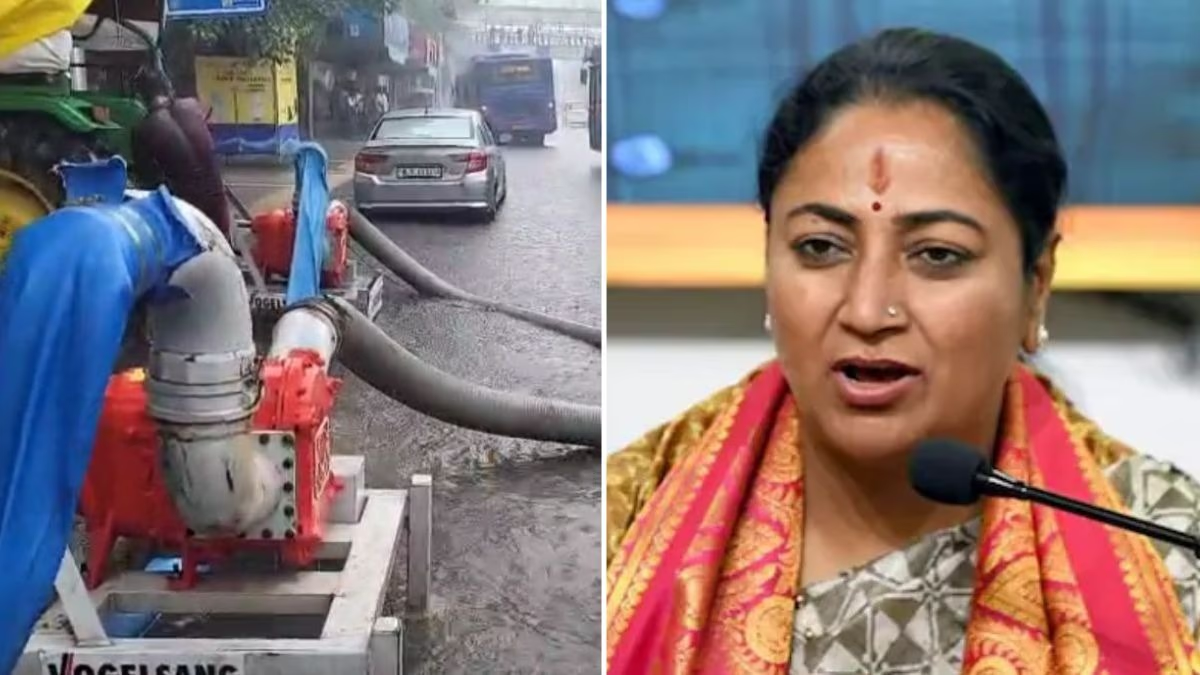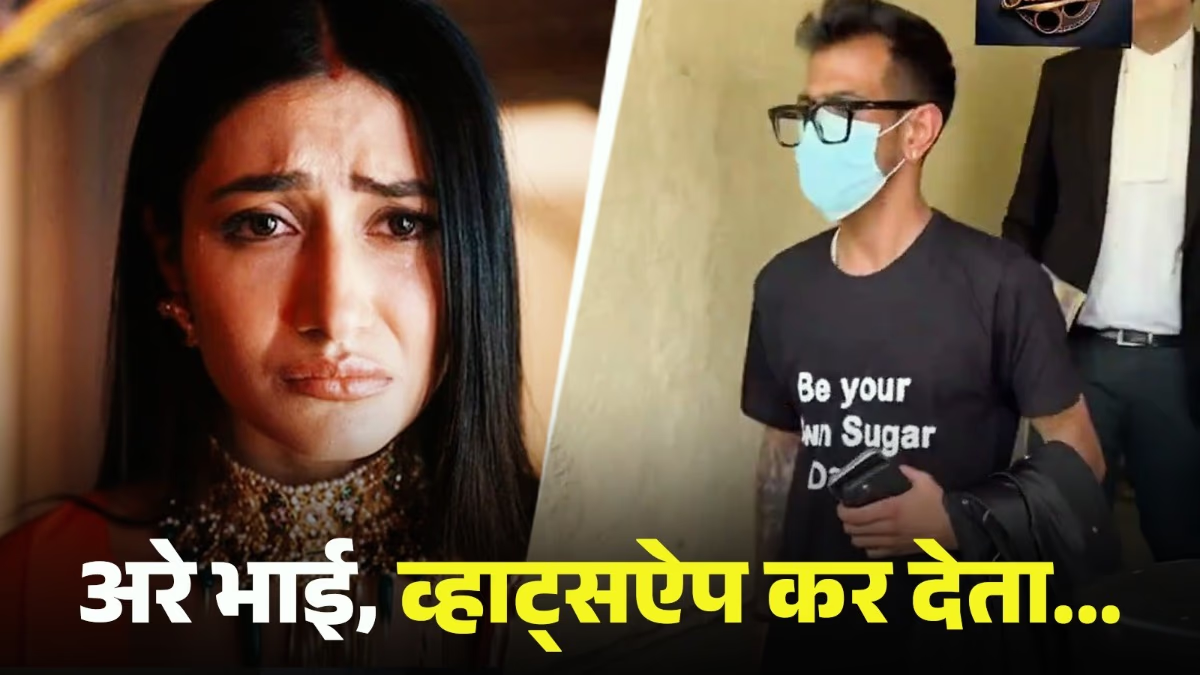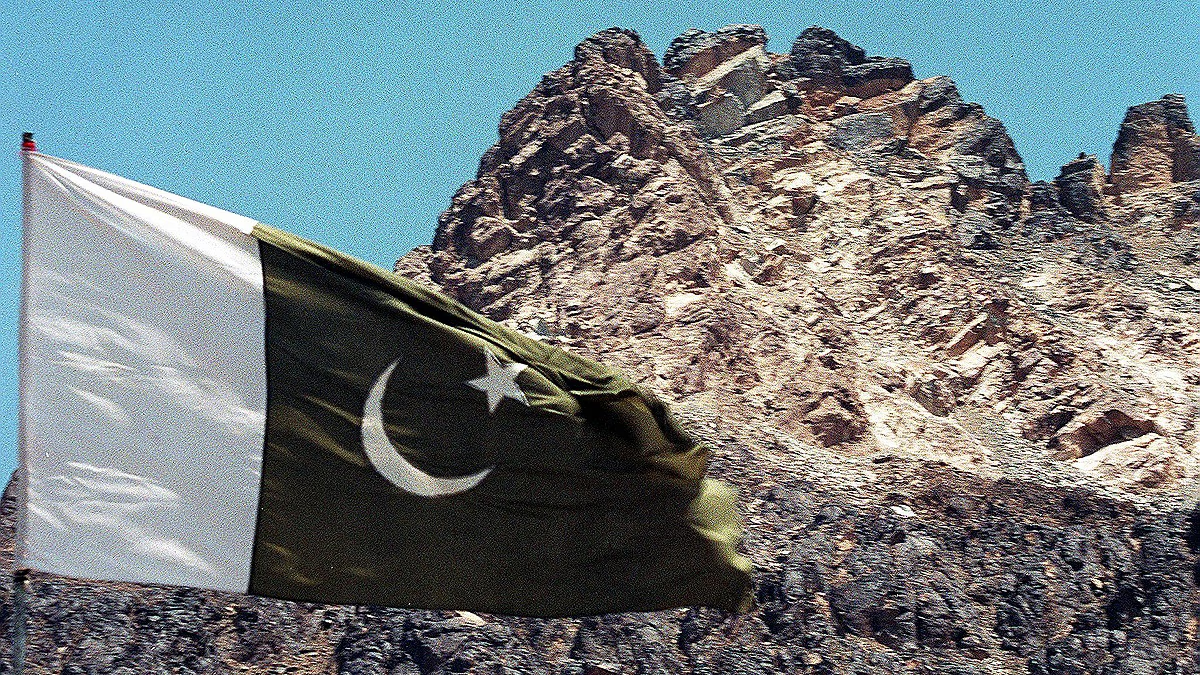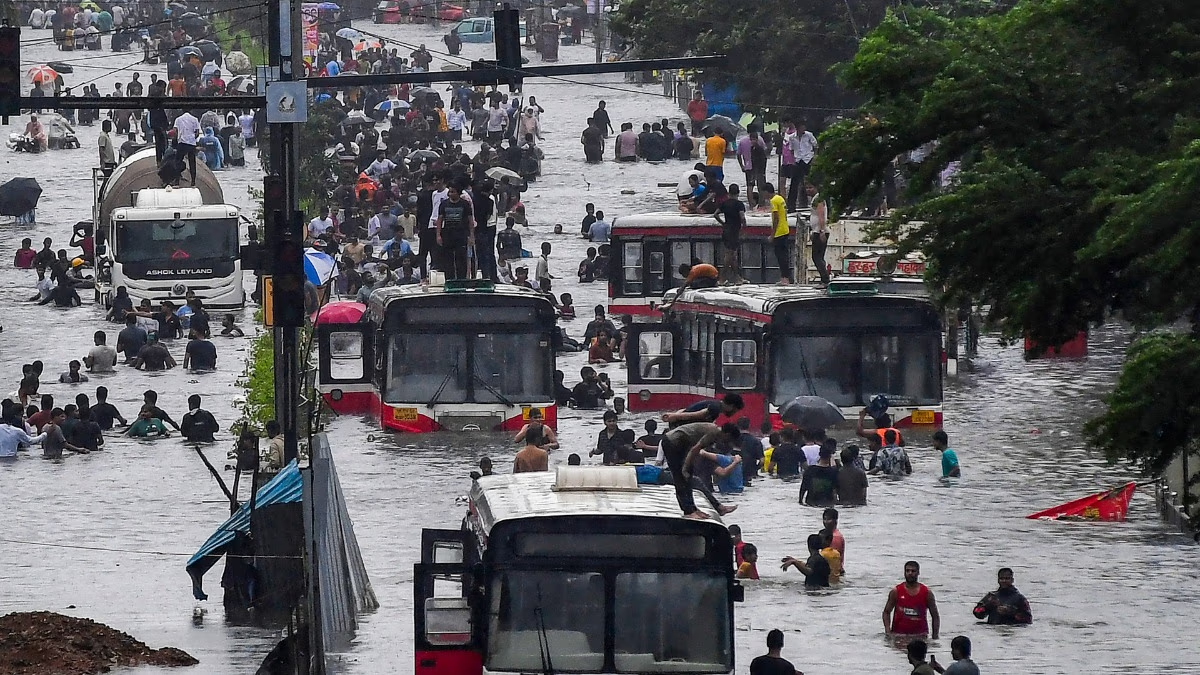In the capital city of Delhi, the sight of waterlogged streets after a little rain is a common scene. But on Thursday, it rained throughout the day. When people left their homes in the morning for offices, they anticipated confronting waterlogged streets and traffic snarls. Yet, this time, it was different.
After rainfall, Delhi traditionally experiences heavy waterlogging at 32 select points. Underpasses flood, and roads with heavy traffic become waterlogged, leading to hours of jams. But on Thursday, when residents headed out, there were no signs of waterlogging at major spots like ITO, Minto Bridge, Zakira, and Azad Market. How did this transformation occur?
Delhi's Chief Minister Rekha Gupta had proactively conducted meetings with officials before the onset of monsoons and personally visited locations prone to waterlogging during rains. She gave strict instructions to remain vigilant about the waterlogging situation. The government initiated a rapid cleaning of major drains around Delhi, although smaller drain systems faltered, causing initial flooding. However, after assessment, directives were issued to officials. During this period, PWD Minister of Delhi, Parvesh Verma, was actively seen on the streets, monitoring all 32 critical points where large water pumps were installed. The accumulated water on roads was redirected into larger drains.
Notably, for the first time, a 'War Room' was established to tackle such situations. The Rekha Gupta government set up this war room to prevent waterlogging, monitoring various points across the city with CCTV cameras. Social media also helped oversee colonies grappling with waterlogging issues.
Why did ITO remain dry? The biggest relief came as ITO, which usually faces the heaviest traffic, had water pumps installed on routes connecting ITO to Lutyens Zone and Rajghat. Within six months, the Rekha Gupta government constructed a new drainage system at ITO, preventing waterlogging this time.
Due to persistent heavy rains in Delhi, Chief Minister Rekha Gupta convened multiple meetings with officials, issuing strict instructions to PWD and MCD staff to ensure swift cleaning in waterlogged areas. This is why PWD staff were prominently visible on Delhi’s major roads. While some areas did experience waterlogging, it subsided within half an hour.
In South Delhi, areas such as the AIIMS underpass or routes like Kalkaji and Zakir Hussain Road experienced some water, but it disappeared from the streets within 30 to 45 minutes. However, according to Rekha Gupta's administration, waterlogging is defined as water remaining stagnant on the roads for four to five hours without proper drainage. This time, due to extensive drain cleaning, Delhi saw significantly less waterlogging compared to previous administrations.




